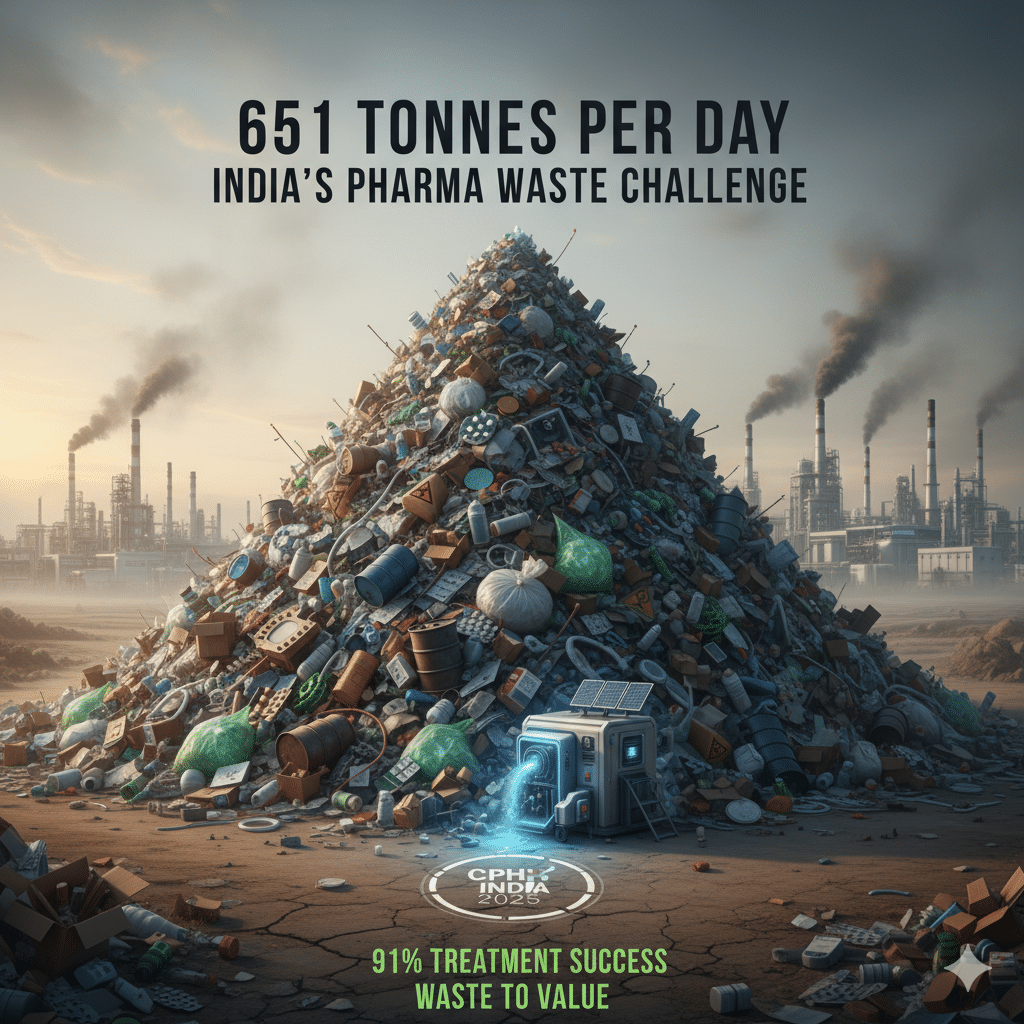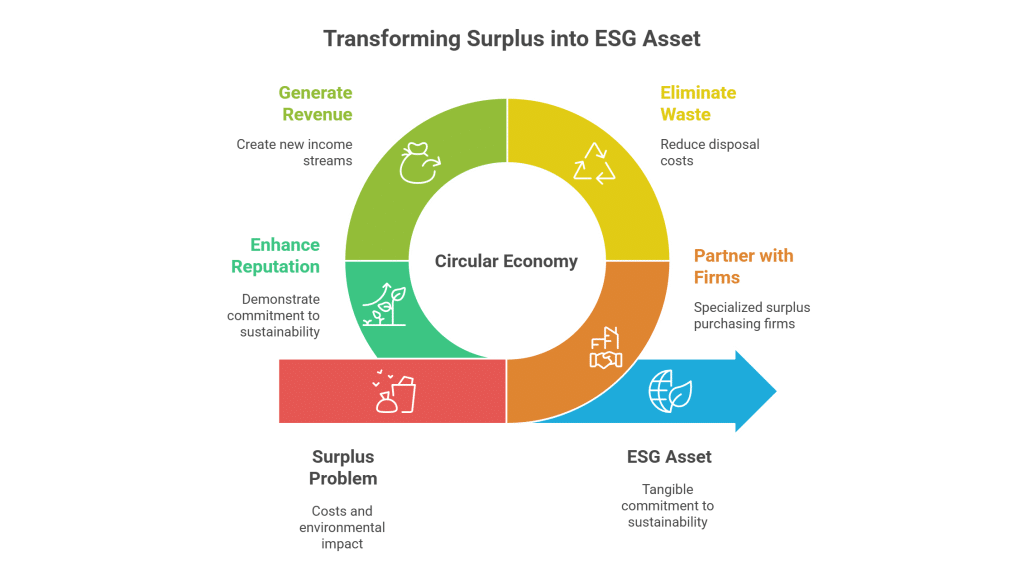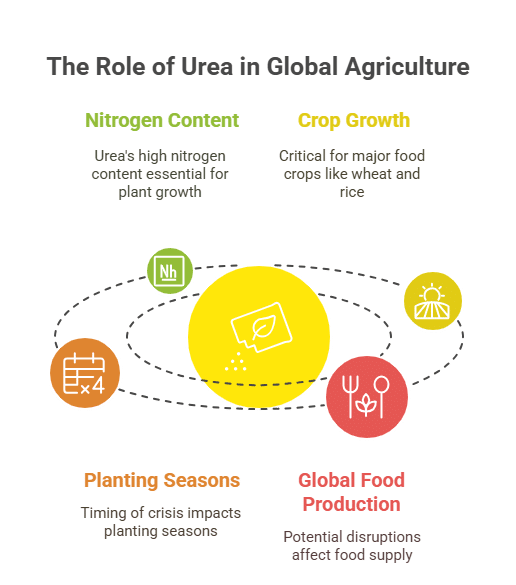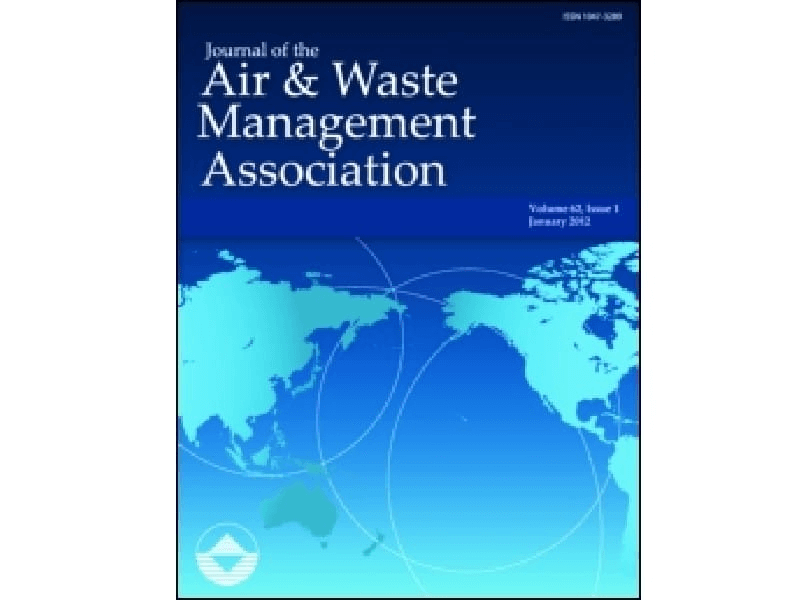Transforming Surplus Invertase into Sweet Value in Food Processing
Invertase is a crucial industrial enzyme used widely in the confectionery and food processing sector. This enzyme catalyzes the breakdown of sucrose into glucose and fructose, leading to the creation of invert sugar which enhances the texture and flavor of candies, chocolates, and various sweet treats. As surplus inventory, invertase represents a valuable asset that can be monetized by manufacturers and distributors looking to free up storage space and reduce disposal costs.
Surplus Invertase Trading: Unlock Value in Confectionery & Food Processing
Engaging in the buying and selling of surplus invertase offers significant advantages, including improved storage efficiency, reduced waste disposal expenses, and enhanced sustainability credentials. Companies can recover costs and generate a new revenue stream by monetizing their excess inventory. Moreover, this approach supports environmental compliance by reducing harmful waste and promoting eco-friendly disposal practices, turning surplus into a profitable, sustainable asset.
Invertase in Confectionery / Food Processing
Buyers gain a reliable source of high-quality invertase that supports production efficiency, enhances product texture, and reduces the risk of batch inconsistencies. This ensures that confectionery products remain appealing and competitive in the market.
Sellers benefit by turning surplus invertase into a revenue stream, reducing storage and disposal costs while also contributing to more sustainable production practices. By selling unused inventory, companies can optimize resources and improve overall operational efficiency.
Table of Contents
Sweet Success: Turning Surplus Invertase into Value
A leading confectionery manufacturer faced storage challenges with a surplus of invertase that was nearing its shelf-life limit. Instead of incurring high disposal costs and regulatory fines, they decided to list their excess inventory on a surplus chemical trading platform. This move not only cleared valuable storage space but also generated additional revenue. By partnering with a trusted trading intermediary, they secured a batch purchase from a niche candy producer, ensuring both parties benefited from cost-savings, reduced waste, and enhanced sustainability credentials. The transaction underscored a successful model for circular economy practices in the food processing sector.



















